In the journey toward healthier living, the role of nutrition often takes center stage, and among the myriad dietary choices, protein emerges as a quiet champion. High-protein foods do more than just build muscle—they fuel the body, curb hunger, and can become powerful allies in the quest for weight loss. This article explores the world of protein-rich options, shedding light on how these foods support the delicate balance between shedding pounds and maintaining energy, making your weight loss journey both effective and sustainable. Whether you’re a seasoned health enthusiast or just beginning to navigate dietary changes, understanding the benefits of high-protein foods can transform the way you approach your meals and your goals.
Table of Contents
- Benefits of Incorporating High-Protein Foods in Your Weight Loss Journey
- Top High-Protein Foods That Keep You Fuller for Longer
- How Protein Boosts Metabolism and Enhances Fat Burning
- Balancing Protein Intake with Other Nutrients for Optimal Results
- Plant-Based High-Protein Options for a Balanced Diet
- Tips for Preparing Protein-Rich Meals That Support Weight Control
- Q&A
- Final Thoughts

Benefits of Incorporating High-Protein Foods in Your Weight Loss Journey
Integrating high-protein foods into your diet can significantly boost your weight loss efforts by enhancing satiety and reducing overall calorie intake. Protein’s unique ability to curb hunger stems from its impact on hormones that regulate appetite, helping to keep cravings at bay and meals satisfying. Additionally, a high-protein diet supports muscle preservation during weight loss, ensuring that the pounds shed come primarily from fat rather than valuable lean mass. This is crucial because maintaining muscle mass keeps your metabolism active, which supports long-term weight management.
Besides appetite control and muscle maintenance, protein-rich foods have a higher thermic effect compared to fats and carbohydrates, meaning that your body burns more calories digesting protein. This metabolic boost, coupled with the nutrient density of many protein sources, including lean meats, dairy, legumes, and nuts, provides essential vitamins and minerals while promoting fat loss. Incorporate these protein powerhouses consistently to experience sustained energy levels and improved body composition.
| Protein Source | Calories (per 100g) | Protein (g) | Additional Benefits |
|---|---|---|---|
| Chicken Breast | 165 | 31 | Low fat, rich in B vitamins |
| Greek Yogurt | 59 | 10 | Probiotics for gut health |
| Lentils | 116 | 9 | High fiber, heart-friendly |
| Almonds | 579 | 21 | Rich in healthy fats and antioxidants |

Top High-Protein Foods That Keep You Fuller for Longer
Incorporating foods rich in protein into your diet is a smart way to manage hunger and support your weight loss goals. Protein takes longer to digest compared to carbohydrates, which means it keeps you feeling satisfied and energized for extended periods. Some standout options include lean chicken breast, Greek yogurt, and lentils, all packed with essential amino acids that help maintain muscle mass while reducing cravings. These foods don’t just fuel your body—they also stabilize blood sugar levels, reducing those sudden hunger spikes that often lead to overeating.
To make choosing easier, here’s a quick look at some highly effective protein sources and their benefits:
| Food | Protein Content (per 100g) | Key Benefit |
|---|---|---|
| Eggs | 13g | Complete protein with essential nutrients |
| Chickpeas | 19g | High fiber, supports digestion |
| Tofu | 8g | Plant-based, versatile in recipes |
| Almonds | 21g | Rich in healthy fats and protein |
| Salmon | 20g | Omega-3s and high-quality protein |
Including a variety of these protein-packed foods in your meals ensures your body receives a balance of nutrients to support metabolism and keep hunger at bay. By focusing on these powerhouses, you set the stage for sustainable eating habits and effective weight management.

How Protein Boosts Metabolism and Enhances Fat Burning
Protein requires more energy to digest compared to fats and carbohydrates, a phenomenon known as the thermic effect of food (TEF). This means your body burns more calories processing protein-rich meals, effectively giving your metabolism a natural boost. When you consume high-protein foods, your body increases its metabolic rate to break down amino acids, repair tissues, and build muscle, all of which demand additional energy expenditure. Incorporating a variety of protein sources ensures a sustained metabolic boost throughout the day, aiding in more efficient calorie burning.
Additionally, protein plays a critical role in preserving lean muscle mass during weight loss. Muscle tissue is metabolically active, so maintaining or increasing muscle helps your body burn fat more efficiently. Coupled with its appetite-suppressing effects, protein reduces hunger and cravings, making it easier to maintain a calorie deficit without feeling deprived. To maximize these benefits, consider including a diverse range of foods such as:
- Lean meats: chicken breast, turkey, lean beef
- Seafood: salmon, tuna, shrimp
- Dairy: Greek yogurt, cottage cheese
- Plant-based sources: lentils, chickpeas, quinoa, tofu
| Protein Source | Calories per 100g | Protein Content (g) | Metabolic Effect |
|---|---|---|---|
| Chicken Breast | 165 | 31 | High TEF |
| Greek Yogurt | 59 | 10 | Moderate TEF |
| Lentils | 116 | 9 | Moderate TEF |
| Salmon | 208 | 20 | High TEF |

Balancing Protein Intake with Other Nutrients for Optimal Results
While protein is a powerhouse nutrient for weight loss, achieving a well-rounded diet means ensuring it’s paired harmoniously with carbohydrates, healthy fats, vitamins, and minerals. Overloading on protein alone can lead to nutrient imbalances and decreased energy levels, which can stall progress. To maintain optimal results, aim to incorporate diverse food sources such as whole grains, leafy greens, nuts, and fruits alongside your protein-rich meals. This synergy not only supports muscle repair and growth but also boosts metabolism and keeps you feeling full and energized throughout the day.
Consider using the following balanced plate approach to optimize nutrient intake:
- Protein: 30-40% of your meal (lean meats, tofu, legumes)
- Complex Carbohydrates: 30-40% (brown rice, quinoa, sweet potatoes)
- Healthy Fats: 20-30% (avocados, olive oil, nuts)
- Vegetables: As much as you like! They provide fiber plus essential vitamins and minerals.
| Nutrient | Role in Weight Loss | Top Food Sources |
|---|---|---|
| Protein | Supports muscle building, increases satiety | Chicken, Greek yogurt, lentils |
| Carbohydrates | Provides energy, aids metabolism | Oats, sweet potatoes, beans |
| Fats | Supports hormone production, promotes fullness | Avocado, nuts, olive oil |
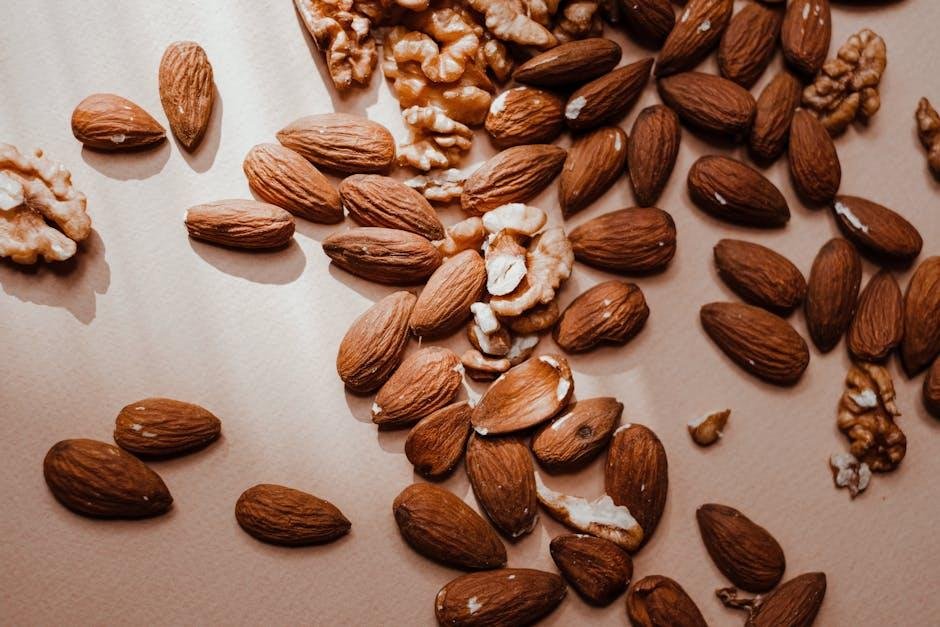
Plant-Based High-Protein Options for a Balanced Diet
Incorporating plant-based proteins into your meals can be a delicious and nutritious way to boost your daily intake while maintaining the balance necessary for effective weight loss. Foods like lentils, chickpeas, quinoa, and tofu not only provide substantial protein but also come packed with essential fibers and micronutrients that aid digestion and promote prolonged satiety. These ingredients are incredibly versatile; for instance, lentils can be transformed into hearty stews, chickpeas can be roasted for a crunchy snack, and quinoa serves as a perfect base for salads or grain bowls.
To help you better understand the protein content available from common plant-based sources, here’s a quick reference:
| Food Item | Protein per 100g (Cooked) | Other Benefits |
|---|---|---|
| Lentils | 9g | High in fiber and iron |
| Chickpeas | 8.9g | Rich in magnesium and folate |
| Quinoa | 4.4g | Complete protein & gluten-free |
| Tofu | 8g | Calcium and versatile texture |
Embracing these diverse protein sources makes it easier to craft satisfying meals without relying on animal products. Experiment with spices, herbs, and complementary foods like nuts and seeds to enhance flavor and nutrient density, supporting your weight loss goals with wellness-focused choices.
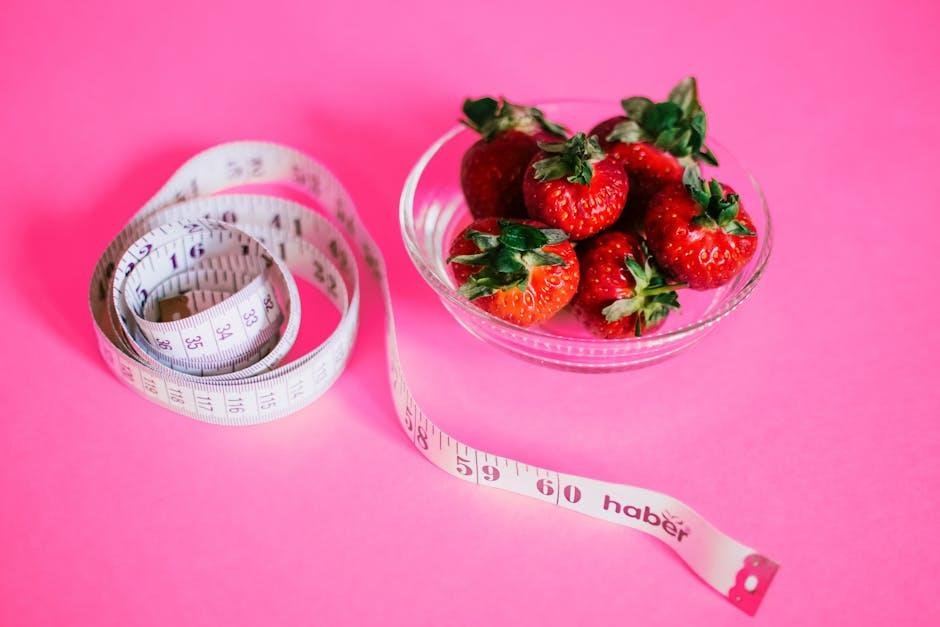
Tips for Preparing Protein-Rich Meals That Support Weight Control
When crafting meals that are rich in protein and aid in weight management, focus on balance and variety. Incorporate lean meats such as chicken breast and turkey, or plant-based options like lentils and chickpeas, to provide sustained energy without excess calories. Pair these protein sources with a colorful array of vegetables and whole grains to ensure you’re not only fueling your body but also keeping hunger at bay by promoting fullness. Remember, cooking methods matter—grilling, steaming, or baking help retain nutrients while avoiding added fats from frying or heavy sauces.
Practical strategies can also make meal prep easier and more effective. Consider batch-cooking your favorite high-protein ingredients, then portioning them into containers for grab-and-go meals throughout the week. Adding a handful of nuts or seeds as a garnish can enhance texture and provide extra micronutrients. Below is a simple guide to help you mix and match protein sources with complementary sides that support both taste and satiety:
| Protein | Best Pairings | Cooking Tip |
|---|---|---|
| Grilled Chicken | Quinoa, Steamed Broccoli | Marinate in herbs to lock in moisture |
| Tofu | Brown Rice, Stir-fried Vegetables | Press tofu well for better texture |
| Eggs | Mixed Greens, Avocado | Cook gently to avoid overcooking |
| Greek Yogurt | Fresh Berries, Chia Seeds | Use as a creamy base for parfaits |
Q&A
Q: Why are high-protein foods important for weight loss?
A: High-protein foods help boost metabolism, increase feelings of fullness, and preserve lean muscle mass during weight loss. This trio of benefits can make shedding pounds easier and more sustainable.
Q: Which high-protein foods are best for weight loss?
A: Lean meats like chicken breast and turkey, fish such as salmon and tuna, eggs, Greek yogurt, legumes, tofu, and low-fat dairy are excellent protein sources that support weight loss efforts without excessive calories.
Q: Can plant-based proteins be as effective as animal proteins for weight loss?
A: Absolutely! Plant proteins from beans, lentils, chickpeas, quinoa, and soy products can provide ample protein and fiber, aiding satiety and fat burning similar to animal proteins, especially when combined thoughtfully.
Q: How much protein should I eat daily to support weight loss?
A: While individual needs vary, aiming for roughly 1.2 to 1.6 grams of protein per kilogram of body weight per day is a good starting point for weight loss. This helps manage hunger and maintain muscle during calorie deficits.
Q: Can eating too much protein hinder weight loss?
A: Excess protein can contribute extra calories, potentially slowing weight loss if total intake surpasses your energy needs. Balance is key—pair protein with healthy fats and fiber-rich carbs for optimal results.
Q: Are protein supplements necessary for effective weight loss?
A: Not necessarily. Whole foods usually provide more nutrients and greater satiety. However, protein powders or bars can be convenient options to boost intake when whole foods aren’t available.
Q: How can I incorporate more high-protein foods into my daily meals?
A: Try adding eggs or Greek yogurt for breakfast, snacking on nuts or edamame, including beans and lentils in salads or soups, and choosing grilled chicken or fish for main dishes. Creative meal prep can keep it interesting!
Q: Will high-protein diets cause kidney damage?
A: For healthy individuals, moderate increases in protein intake typically don’t harm kidneys. Those with existing kidney conditions should consult a healthcare professional before making significant changes.
Q: What role does protein play in maintaining muscle during weight loss?
A: Protein provides the building blocks for muscle repair and growth. Adequate intake helps preserve muscle mass when you’re losing fat, which keeps your metabolism higher and body composition leaner.
Q: Are there any downsides to relying heavily on high-protein foods?
A: Focusing solely on protein without enough fruits, vegetables, or whole grains can limit nutrient variety and fiber. Balance is essential for overall health and long-term weight management success.
Final Thoughts
In the journey toward healthier living and sustainable weight loss, embracing high-protein foods can be a powerful ally. By nourishing your body with these nutrient-packed options, you not only fuel muscle growth and repair but also keep hunger at bay, making mindful choices easier to stick with day after day. Whether you prefer plant-based sources or lean animal proteins, the key lies in variety and balance. So, as you craft your meals, think of protein as the building block of your success—supporting your goals one delicious bite at a time.



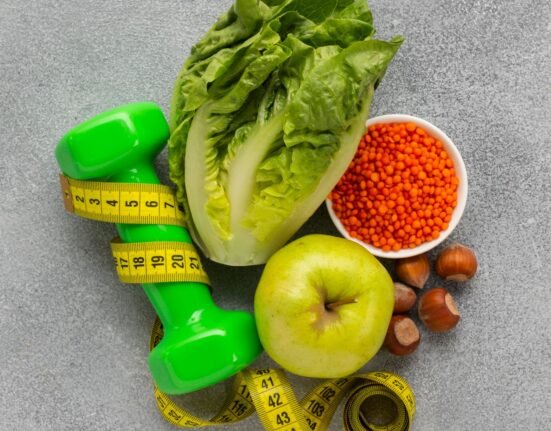




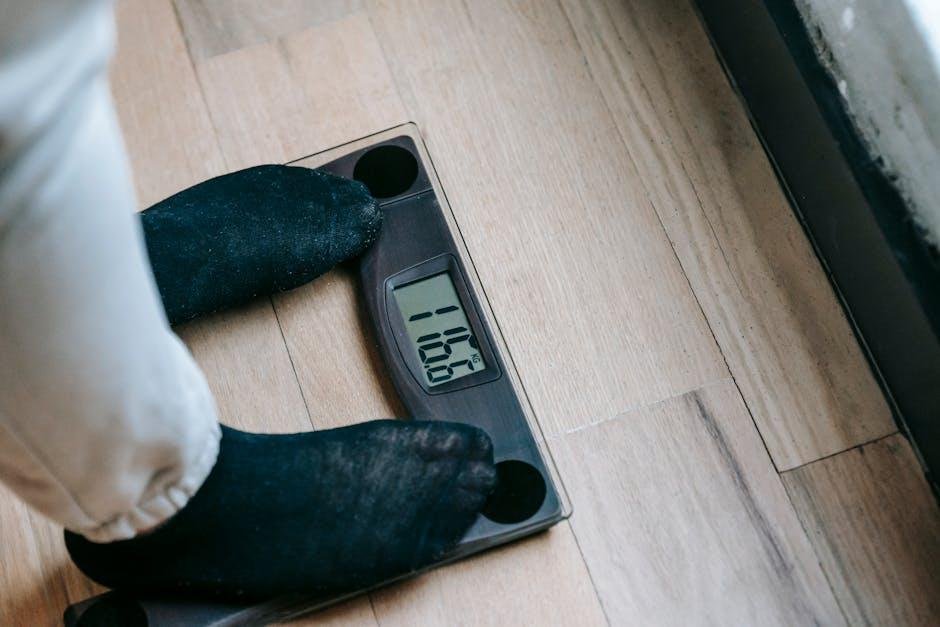


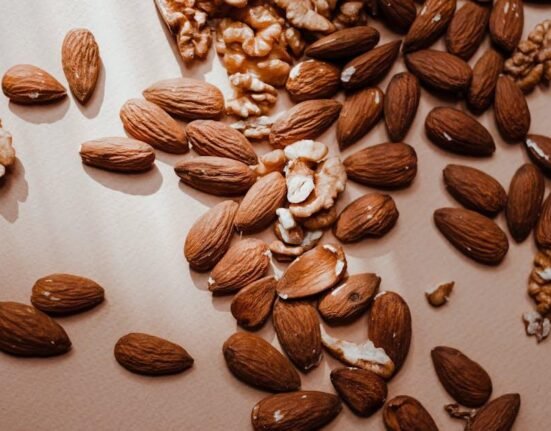



Leave feedback about this